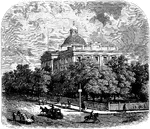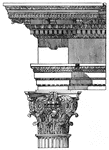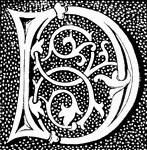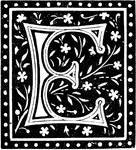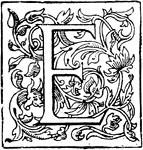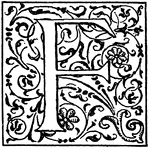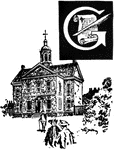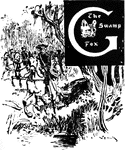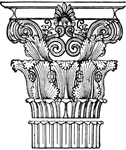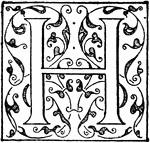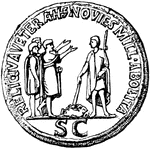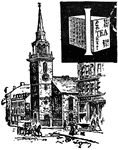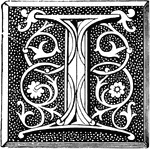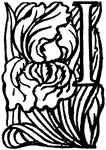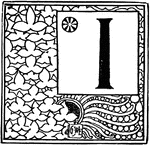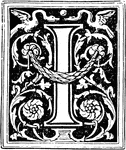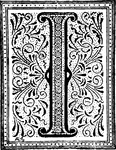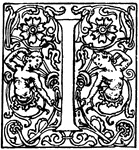
Roman-Ionic Capital
The Roman-ionic capital is a design of a scroll rolled on both sides with spiral curves. It has an added…
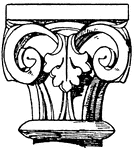
Romanesque Capital
This Romanesque capital is a simple design that is reminiscent of the Antique style.
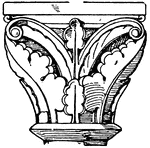
Romanesque Capital
This Romanesque capital is found in cloisters of a church. It is a simpler design that is reminiscent…
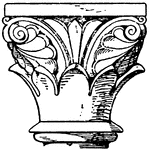
Romanesque Capital
This Romanesque capital is found in cloisters of a church. It is a simpler design that is reminiscent…
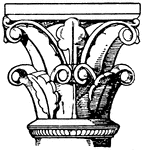
Romanesque Capital
This Romanesque capital is found in cloisters of a church. It is a simpler design that is reminiscent…

Romanesque Coupled Capital
The Romanesque Coupled Capital looks like two capitals that are conjoined together.
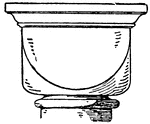
Romanesque Cushion Capital
The Romanesque Cushion Capital is found in St. Gereon's church in Cologne, Germany. It is a design of…

Romanesque Cushion Capital
The Romanesque cushion capital is a design found in a monastery in Lippoldsberg, Germany. The design…
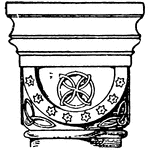
Romanesque Cushion Capital
This Romanesque Cushion Capital is found in the Abbey church in Germany. It is a design of a half sphere…
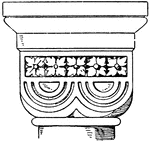
Romanesque Double-Cushion Capital
The Romanesque Double-Cushion Capital is an 11th century design found in the Rosheim church in France.…
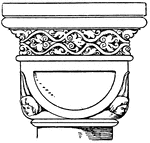
Romanesque Double-Cushion Capital
The Romanesque Double-Cushion Capital is a design of a half sphere that is cut by planes below and on…
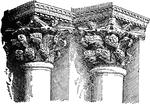
Byzantine Capitals
An illustration of a Byzantine capital from the central portal of St. Mark's Venice. In several traditions…
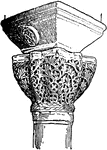
Byzantine Capitals
An illustration of a Byzantine capital from the the Church of St. Vitale, Ravenna. In several traditions…
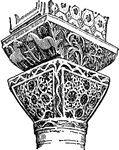
Byzantine Capitals
An illustration of a Byzantine capital from the the Church of St. Vitale, Ravenna. In several traditions…

Cushion Capitals
An illustration of a cushion capital. In several traditions of architecture including Classical architecture,…
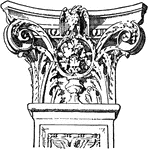
Italian Renaissance Capitals
An illustration of Italian Renaissance capital from St. Maria dei Miracoli, Venice. In several traditions…
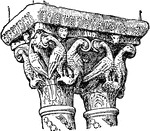
Romanesque Capitals
An illustration of a Romanesque capitals from the cloister of Monreale near Palermo, Sicily. In several…

Capitoline Hill in Rome
The Capitoline Hill, between the Forum and the Campus Martius, is one of the seven hills of Rome. By…

Ionic Capital
The ionic capital is a design of a scroll rolled on both sides with spiral curves. It is found in Bassae,…

Ionic Capital
The ionic capital is a design of a scroll rolled on both sides with spiral curves. It was found in Pompeii.
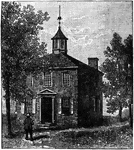
Seat of Government at Chillicothe
Chillicothe served as the capital of Ohio from the beginning of statehood in 1803 until 1810 when Zanesville…
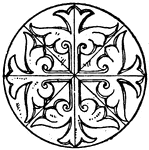
Byzantine Circular Panel
The Byzantine circular panel is a 6th century design found in Hagia Sophia of the former imperial Ottoman…

Trajan's Column
The Trajan's column is a monument in honor of Emperor Trajan located in Rome, Italy. The column is a…

Pterylosis of Cypselus Apus
"Fig. 24. - Pterylosis of Cyoselus apus, drawn by Coues after Nitzsch; right hand upper, left hand lower,…

Egg-and-Dart
Egg-and-dart is an ornamental device often carved in wood, stone, or plaster quarter-round ovolo mouldings,…
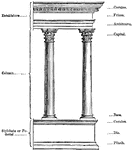
Elements of an Architectural Order
A diagram showing the titles for different types of architecture.
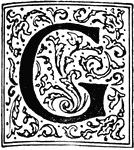
G, Ornamental Letter
Capital G decorated with scrollwork used to begin text in a book or as a letterhead.

Pilaster Grotesque Mask
The Pilaster Grotesque mask comes from a part of a capital pilaster of the tomb of Louis XII in St.…

Hall of Abencerrages
"Capital and Springing of Arc, from the Hall of Abencerrages, Alhambra." — The Encyclopedia Britannica,…
